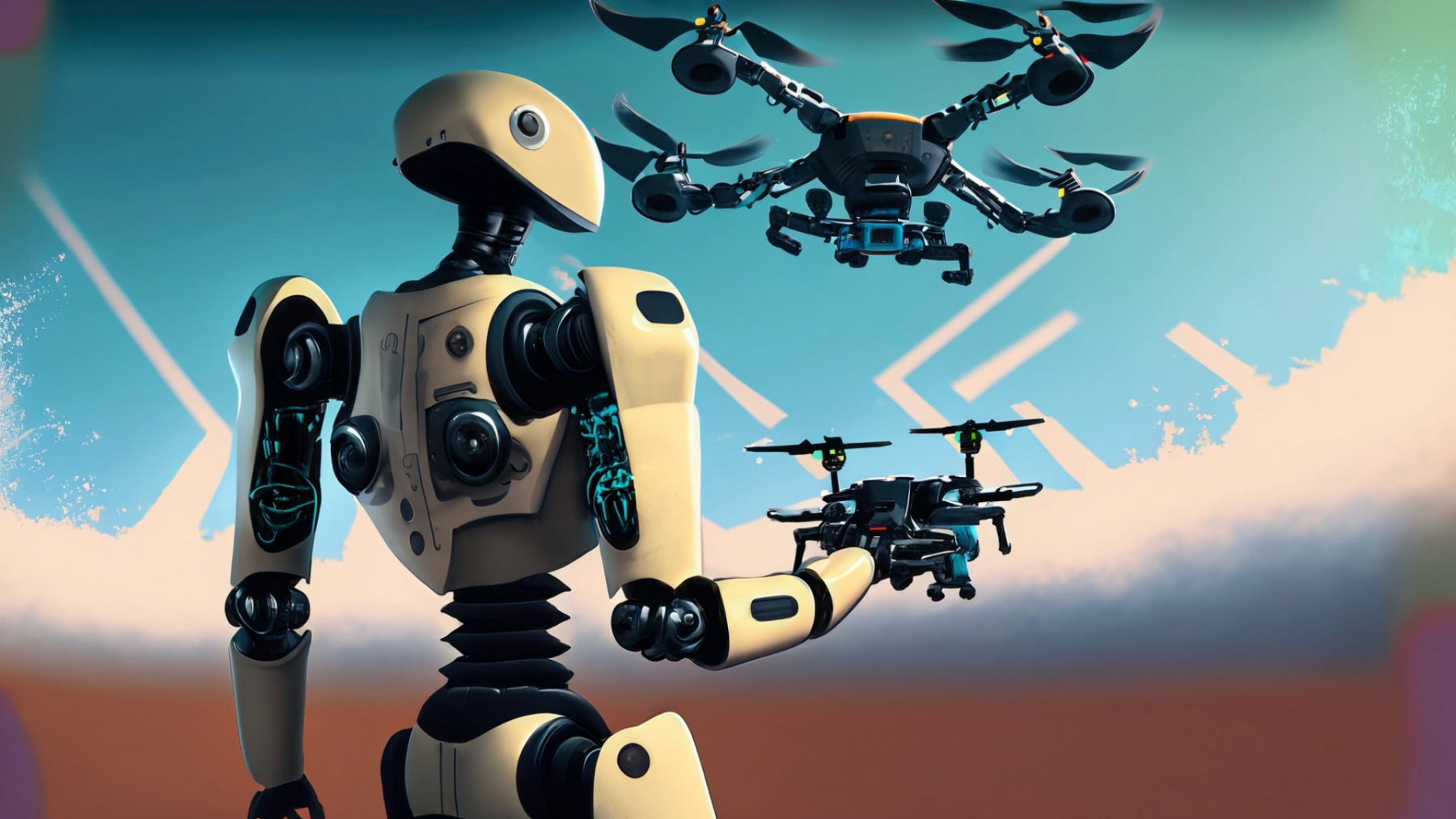
Drones: Using English as a Programming Language
by Nicholas Valdez
Students will learn the importance of clear, precise communication by directing a partner to navigate a drone through an obstacle course. This exercise will draw parallels to writing clear and unambiguous code in programming.
Students will be in pairs of 2, one acting as the drone operator the other as the "programmer." Students will focus on using clear communication where the programmer instructs the operator, whose vision is blocked either by facing backwards or blindfolded, how to navigate a simple obstacle course. The goal is to parallel this to computational thinking.
Lesson Plan Link/URL
https://docs.google.com/presentation/d/18iPcRBXCB3a7h8StYHxcWsfFi2Ovd_xA/edit?u…Subject Area
Science Physical Science P2: Objects at a Distance P3: Net Force Technology 1. Empowered Learner 2. Digital Citizen 5. Computational Thinker Engineering S3: Apply Mathematics to Engineering S5: Apply Technology to Engineering S6: Apply Communications to Engineering Mathematics Geometry (G) English Language Arts (ELA) Speaking & Listening
Featured
Off
Related Content

Grades:
7th Grade
Students will expand their knowledge of Newton's laws while building, launching and changing the design of paper rockets. This design and modeling exercise by JPL/NASA starts students off with a

Grades:
6th Grade, 7th Grade, 8th Grade, 9th Grade
In this lesson, students will learn about the history of flight and the technological advancements that led to modern aviation. Students will learn about how the study of birds and other flying

Grades:
6th Grade, 7th Grade, 8th Grade
The students design and test a catapult using simple materials like popsicle sticks and rubber bands. They learn about the history of catapults and also about the physical science concepts related to